Share: Dollar Spot Disease: Why Reinfection Happens Even After Proper Treatment
Dollar spot (NĐT) is not actually a fungus but a symbiotic complex formed by lichens, fungi, and attached algae. Its composition remains unclear and is still debated. Most documents suggest that NĐT initially begins as biofilm layers on pond liners. From there, autotrophic and heterotrophic bacteria, protozoa, fungi, and algae attach and form a strong polysaccharide framework that adheres tightly to surfaces. Ortiz-Estrada et al. (2019) reported numerous bacterial species involved, with eight major orders commonly found: Rhizobiales, Clostridiales, Cytophagales, Actinomycetales, Vibrionales, Flavobacterales, Planctomycetales, Chlamydiales, and Rhodobacterales. In addition, fungi (mycobionts) and photosynthetic microorganisms (photobionts) also participate in this structure.
Although the reproductive mechanism of NĐT has not been fully confirmed, most studies suggest that they may reproduce through spores. Mature colonies can release spores with highly durable protective shells, allowing them to survive harsh environmental conditions. When favorable conditions return, they germinate and multiply rapidly. NĐT typically appears in ponds around two weeks after stocking and gradually increases toward the end of the crop due to nutrient-rich conditions and accumulated organic waste.
In shrimp ponds, dollar spot frequently reappears even after proper treatment.
Benefits of Biofilm Layers
The formation of periphyton or NĐT is a natural microbial ecological process that enhances environmental stability and improves shrimp growth and survival (Viau et al., 2019). Sruthisree et al. (2015) suggested adding substrates to shrimp ponds to stimulate the formation and development of these biofilm layers.
Field trials show that straw and bamboo substrates facilitate NĐT formation better than PVC pipes or palm leaves. Studies by Dam et al. (2002) and Khatoon et al. (2007) found that periphyton serves as a natural food source for pond organisms, including shrimp, when growing on the pond bottom. Biofilm layers can also improve water quality by absorbing dissolved nutrients such as PO₄³⁻, NH₄⁺, and NO₃⁻ released during farming. Warm, nutrient-rich, and saline environments accelerate periphyton and biofilm development (Thompson et al., 2002; Fahruddin et al., 2025). Vinay et al. (2019) reported that black tiger shrimp showed increased immunity after consuming Vibrio harveyi-containing biofilm. Overall, NĐT and biofilm layers have been widely recognized for their positive effects on growth and pond environmental stability.
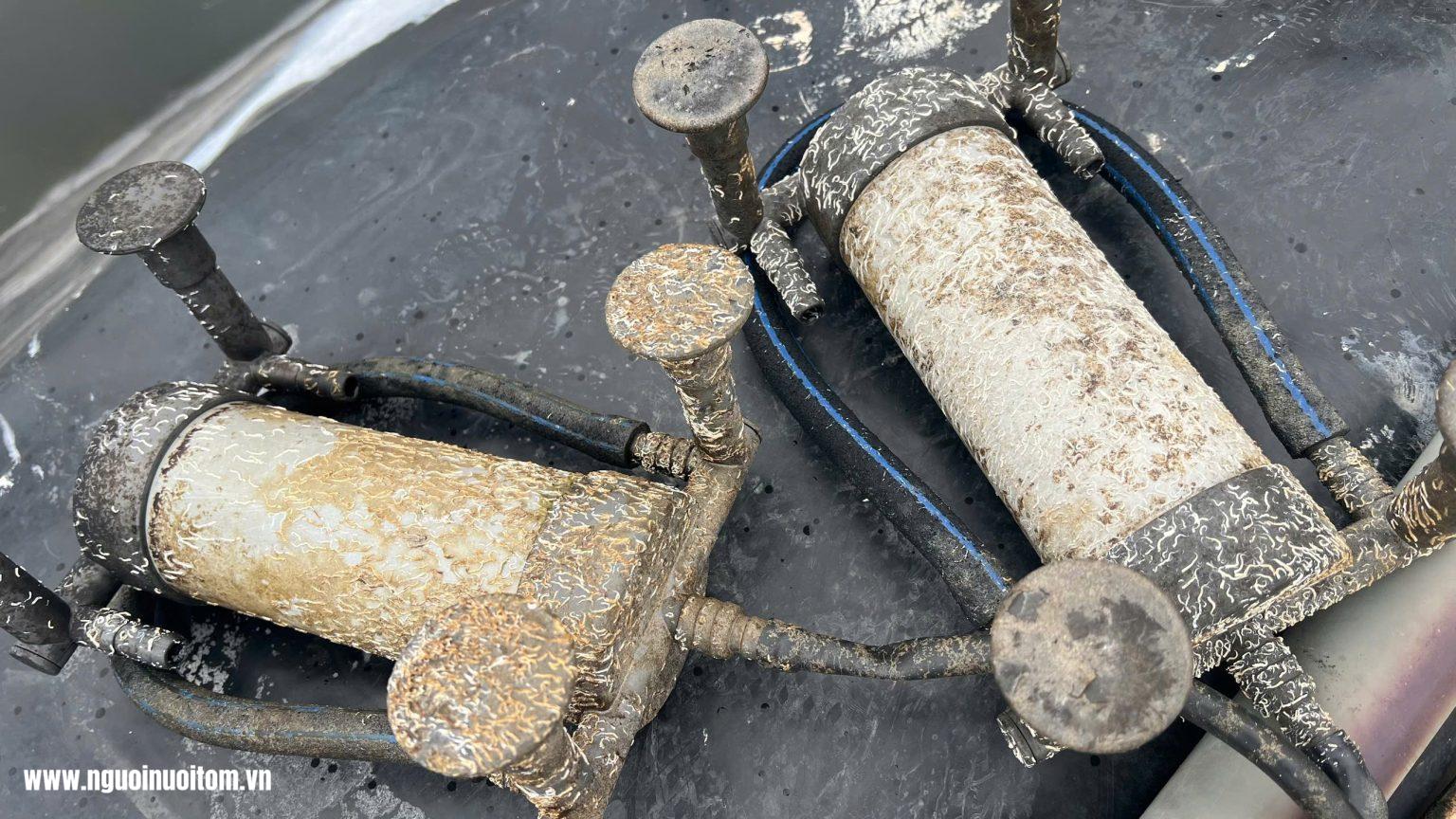
Description of Bacterial Biofilm Formation Stages Under a Microscope
Harms of Dollar Spot
Alongside its beneficial effects, many studies also highlight the harms of NĐT. Among the various microbial components forming NĐT, some may be beneficial, while others may produce toxins harmful to shrimp. However, no official research has conclusively identified the specific harmful agents.
Farmers often observe that shrimp are strongly attracted to NĐT, likely due to its distinctive fishy smell. Many farming systems report digestive disorders after shrimp consume NĐT. Intestinal mucus layers may be damaged or ulcerated, leading to segmented intestines, twisted intestines, white feces disease, or even mortality. Toxins produced by NĐT can cause the shrimp’s hepatopancreas to shrink, harden, swell, or rupture. The hepatopancreas may appear pale, whitish, or light yellow. In severe cases, shrimp immunity is greatly compromised, increasing the risk of EMS/AHPND or EHP infections.
Some sources suggest that NĐT may produce mycotoxins capable of damaging intestinal mucosa and hepatopancreatic cells. Song et al. (2022) also provided evidence that many fungi and microbes isolated from shrimp digestive systems are closely linked to hepatopancreatic disease outbreaks.
Controlling Dollar Spot in Shrimp Ponds
Due to its rapid reproduction, scrubbing or brushing may cause wide dispersal of NĐT. Chemical treatments may cause NĐT to detach in large fragments, which shrimp may ingest and suffer more serious consequences. Furthermore, chemicals strong enough to kill NĐT often also pose risks to shrimp. Therefore, NĐT treatment must be carefully evaluated.
Using Chemicals
Pond preparation using quicklime (CaO) diluted in water and sprayed onto pond liners is a simple method with multiple benefits: disinfecting and eliminating NĐT while stabilizing pH. However, the effect is not long-lasting.
Nano-copper combined with adhesive additives sprayed on liners and equipment can significantly reduce biofouling. Ponds using this method show NĐT prevention for 35–40 days. However, products are costly and after 40 days, other measures may still be required. Organic copper is considered safer and more effective than inorganic copper sulfate and can be used for smaller shrimp, though it is expensive.
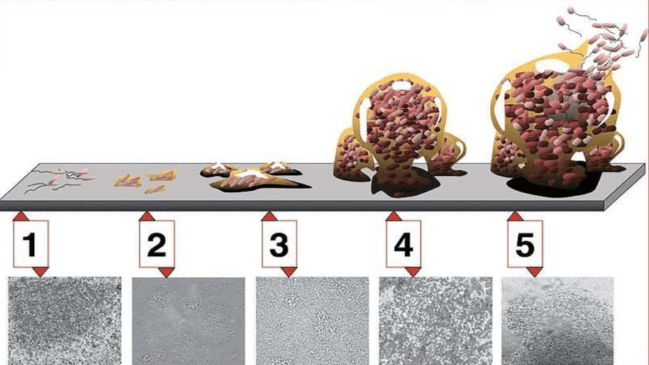
Bronopol and its derivatives are rated as effective antifungal chemicals with low toxicity to shrimp and the environment, but their effect on NĐT is usually mild and slow.
Using Microorganisms
Adding antagonistic microorganisms or competitive bacteria to degrade organic waste and limit nutrients for NĐT development is a safe biological method. Experienced farmers often ferment rice wine yeast (Saccharomyces sp.) with EM bacteria to introduce into ponds, reducing NĐT growth significantly. However, once NĐT blooms heavily, this method is insufficient for complete elimination.
Supplementing algae can reduce NĐT due to nutrient competition, but controlling algae blooms requires skill. Along with competitive beneficial bacteria, enzyme-based products may help accelerate decomposition…
Source: khoathuysan
AQUA MINA CO., LTD
– Address: 685 Le Duc Anh Street, Quarter 39, Binh Hung Hoa Ward, Ho Chi Minh City
– Phone: 1800 6071 (Toll-free hotline)
– Email: sales@aquamina.com.vn or oversea@aquamina.com.vn
– Aqua Mina’s Official Distributor in Japan: REX INDUSTRIES CO., LTD
– Address: 1-9-3 Hishiya-Higashi, Higashi-Osaka 578-0948, JAPAN
– Email: kimakubo@rexind.co.jp
– Phone: +81-(0)72-961-9893
– Website: www.rexind.co.jp/e/

WE WORK FOR THE SUCCESS
Ngày đăng : 14/11/2025
1347 View
Other Articles
Global Shrimp Forum: Global shrimp trade is reshaping
China’s Import Value Up 10%, Vietnamese Shrimp Remains Among Leading Suppliers
After the 7.5-magnitude offshore earthquake in Aomori that injured 34 people, Japan has issued a warning about a potential mega-earthquake
India’s shrimp exports accelerate despite the trade war with the United States
Portuguese food group acquires 18% stake in cod farming company Norcod
Indonesia implements radioactive-free shrimp certification for exports to the United States
India is world’s second-largest shrimp producer. That is now under threat
Ca Mau’s shrimp industry moves towards “green” growth
Floods devastate aquaculture, processing operations in Vietnam
Ecuador Leads Global Shrimp Exports, Surpassing USD 7 Billion in 2025
India's marine product exports rise 16% as new markets offset US dip
Skretting presents the first shrimp feed with insect meal in Vietnam








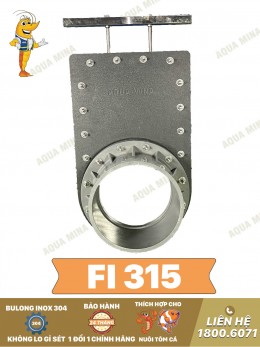
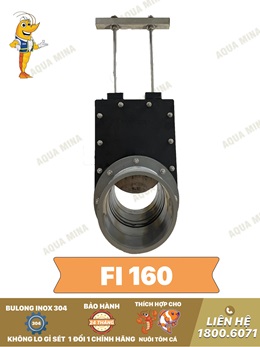


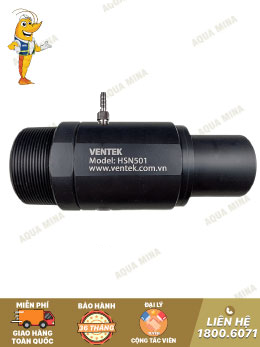
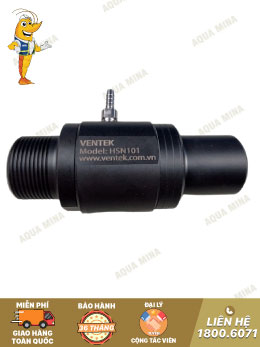

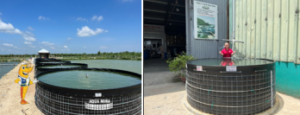
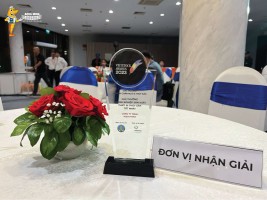


.jpg)